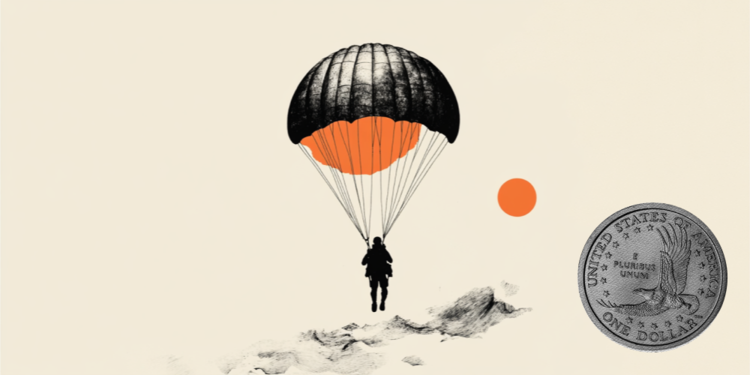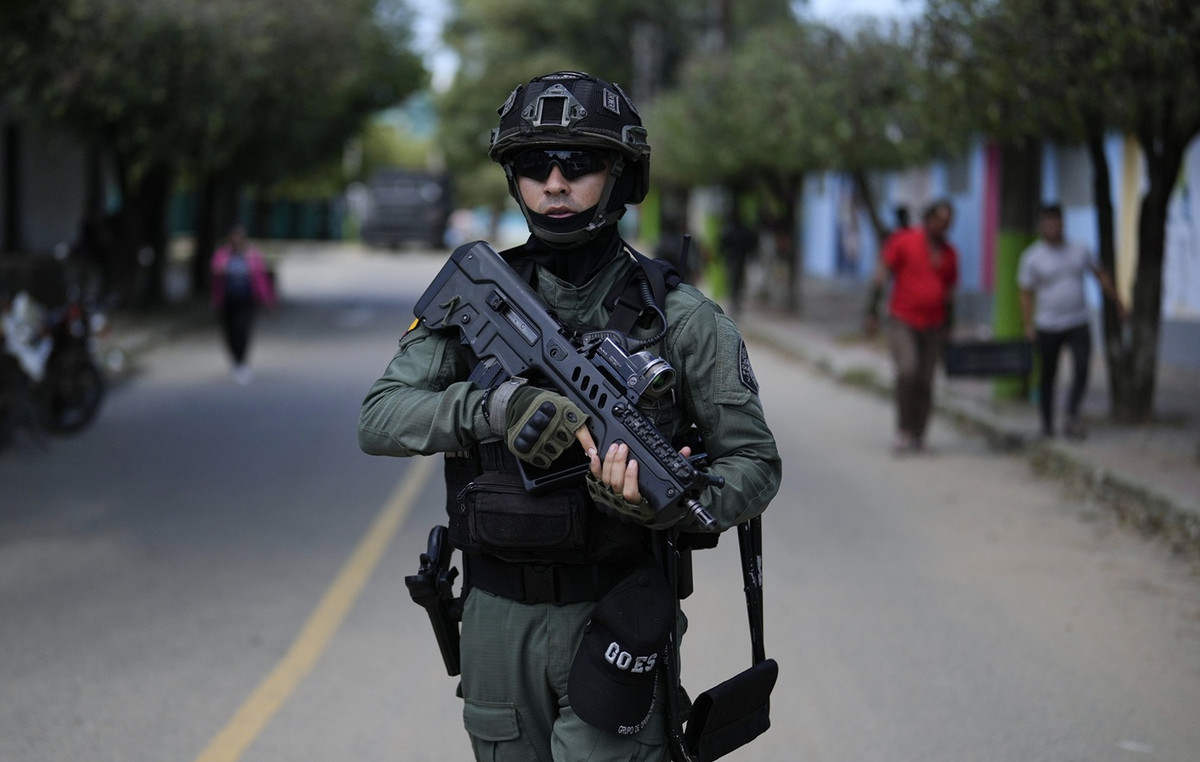A polio It is a contagious disease caused by a virus that can mainly affect children. In severe cases, it can cause muscular paralysis and is therefore also known as infantile paralysis. In Brazil, the disease has been eradicated since 1990, but its vaccination coverage has been below the target of 95% since 2016, increasing the risk of the virus returning to circulation.
The vaccine is the most effective way to prevent polio. Therefore, all children under five years of age must be vaccinated according to the vaccination schedule and annual national campaign. This year, the 2024 National Vaccination Campaign will take place between May 27th and June 14th.
Annual vaccination aims to contain the risk of reintroduction of the disease into Brazilian territory. According to the Ministry of Health, there has been no circulation of poliovirus in the country since 1990, thanks to the immunization effort. However, vaccination coverage has been showing results below the 95% target since 2016. In 2022, the vaccination percentage was 72% in Brazil.
The World Health Organization (WHO) classified the risk of the return of infantile paralysis in Brazil as “very high”, placing the country on high alert. In 2022, in an interview with CNN Radio, the then president of the Brazilian Society of Immunizations (SBIm), Juarez Cunha, spoke about the risk of the disease returning to Brazil.
“People no longer remember, the last case in Brazil was in 1989, but polio continues to occur around the world, endemically in some countries and with outbreaks in others,” he said. At the time, the organization launched the campaign “Childhood paralysis: the threat is back”.
In the same year, Unicef warned about the risk of polio returning in Brazil. “We are at risk of these diseases returning, they are serious and can lead to mortality, polio causes infantile paralysis and death. It is a worsening situation that we need to reverse, we cannot accept that children die and suffer from diseases that are easily preventable by vaccines”, said Stéphanie Amaral, the entity’s health officer, in an interview with CNN .
What is polio?
Poliomyelitis is caused by the poliovirus and can infect children and adults, although it is more common in children. According to the Ministry of Health, polio is transmitted through direct contact with feces or secretions excreted through the mouth of infected people. Factors such as lack of sanitation, poor housing conditions and poor personal hygiene can contribute to contagion.
Worldwide, the disease remains endemic in Afghanistan and Pakistan, but there are no confirmed cases in the Americas, according to the ministry.
Polio symptoms
The main symptoms of polio include:
- Fever;
- Malaise;
- Headache;
- Sore throat and body;
- Vomiting;
- Diarrhea;
- Constipation;
- Stiff neck;
- Spasms;
- Meningitis.
Furthermore, polio can cause sequelae related to infection in the spinal cord and brain caused by the poliovirus. This is the case with joint pain, difficulty walking, scoliosis, osteoporosis, paralysis in one of the legs, paralysis of the speech and swallowing muscles, muscle atrophy and hypersensitivity to touch.
The paralytic form of the disease, which leads to infantile paralysis, can include symptoms such as:
- Motor disability;
- Asymmetry in the muscles of the lower limbs;
- Muscle flaccidity;
- Preserved sensitivity;
- Persistence of paralysis 60 days after the onset of the disease.
How is diagnosis and treatment carried out?
Poliomyelitis can be diagnosed based on clinical analysis of symptoms, such as flaccid paralysis with sudden onset. However, some tests help to confirm the diagnosis, such as a CSF test, electromyography and the detection of poliovirus in feces.
According to the Ministry of Health, there is no specific treatment for polio. Patients must be hospitalized and their symptoms must be treated according to each condition. Polio-related sequelae can be treated through physical therapy and exercises that help develop the strength of the affected muscles. The use of medications to relieve muscle and joint pain may also be indicated.
How does the polio vaccination schedule work?
There are two types of polio vaccine: the Oral Polio Vaccine (OPV), which contains the weakened virus and is administered via droplets, and the Inactivated Polio Vaccine (VIP), which contains the inactivated (killed) virus and is administered intramuscularly. .
In July last year, the Ministry of Health announced that it will gradually replace VOP with VIP from 2024. The decision was taken after discussion and approval by the CTAI (Technical Immunization Advisory Chamber), which considered recent scientific evidence to protection against disease. Until the transition is completed, the vaccination schedule is carried out as follows, according to the National Immunization Program (PNI):
- VIP vaccine : three doses in the first year of life (at 2, 4 and 6 months of age);
- OPV vaccine : booster doses at 15 months and 4 years of age, in addition to vaccination campaigns for children aged 1 to 4 years.
After the transition, the VIP vaccine will be used exclusively for immunization against polio. As a result, a polio booster will no longer be administered at age 4. Thus, the scheme offered by the PNI will be three doses (at 2, 4 and 6 months) and only one booster at 15 months of age, with VIP.
*With information from Amanda Garcia, Bel Campos and Ricardo Gouveia, from CNN
Source: CNN Brasil
I am an experienced journalist and writer with a career in the news industry. My focus is on covering Top News stories for World Stock Market, where I provide comprehensive analysis and commentary on markets around the world. I have expertise in writing both long-form articles and shorter pieces that deliver timely, relevant updates to readers.







